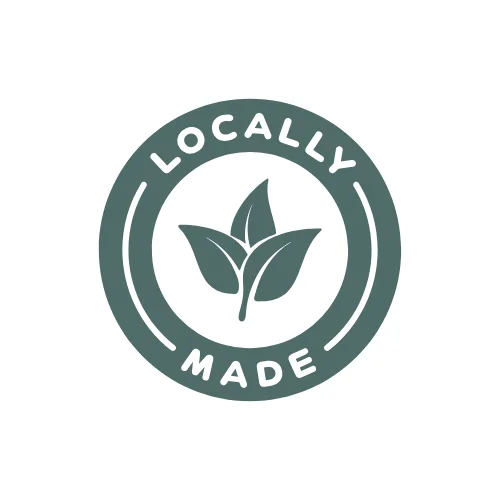September 27, 2016
 Spending time outdoors in your garden can be a constructive and altruistic hobby that provides hours of pleasure. However, many avid gardeners find that purchasing new vegetable seeds, flower seeds, and buying more fertilizer each growing year can be expensive.
By collecting and saving seeds from your flowering and vegetable plants, you will be able to save money that can be used for other garden needs such as a new garden shed, potting bench, or garden equipment.
Spending time outdoors in your garden can be a constructive and altruistic hobby that provides hours of pleasure. However, many avid gardeners find that purchasing new vegetable seeds, flower seeds, and buying more fertilizer each growing year can be expensive.
By collecting and saving seeds from your flowering and vegetable plants, you will be able to save money that can be used for other garden needs such as a new garden shed, potting bench, or garden equipment.
Plan Ahead: Heirloom Seeds vs. Hybrid Seeds
Before you can start collecting and saving seeds, you need to plant the right type of plants. This is because hybrid seeds are meant to be used only for the single generation. The plants have awesome and unique characteristics, but the seeds they produce can have a mix of wanted characteristics and those that are not so desirable. The same problem can crop up (pun intended) if you use seeds from vegetables you purchased at a department store as you have no way of knowing if the plant was a hybrid or heirloom. Instead, make sure you purchase or otherwise obtain heirloom seeds or open pollinated seeds.Avoid Cross Pollination
Another problem that can occur is cross pollination. For instance, if you have two varieties of the same species in your garden, wind, bees, and birds can end up cross pollinating between them, and you will end up with seeds some of which will have the characteristics of one variety, others with another variety, and some with a mix of both. This can happen, for instance, if you have both bush and pole beans in your garden or short and tall varieties of marigold. To avoid cross pollination, you should plant the different varieties far from each other. You can also select the particular flower you want to take the seeds from and cover it with a plastic bag and hand pollinate it.
This can happen, for instance, if you have both bush and pole beans in your garden or short and tall varieties of marigold. To avoid cross pollination, you should plant the different varieties far from each other. You can also select the particular flower you want to take the seeds from and cover it with a plastic bag and hand pollinate it.
New to Seed Saving? Start with Flowers.
If you are new to seed saving, begin with flowers as they are easier to collect from. When tending your garden, make sure to weed out any weak plants or those that have characteristics you are not so happy about. As you walk around your garden each day, observe the flowers and watch for when they begin drying. As the petals fall off, snip the head and place it in an envelope clearly marked with the variety and date. The seeds should be mature before you snip the flower head. Next, empty the flower head on a newspaper placed on a shallow tray and ensure that the seeds dry completely before being stored. Even a hint of moisture can lead to fungi and unviable seeds. The seeds should be dried in a well-ventilated, cool, dark, and dry place. Once dry, store the seeds in envelopes in a cool and dark spot, such as the back of the refrigerator. The ideal temperature to store seeds is between 32° and 41° degrees Fahrenheit. Exposure to sunlight or bright light can damage the seeds.Collecting Vegetable Seeds
The process is similar to collecting seeds from flowers except for a few variations. When it comes to vegetables such as beans and peas, you need to first allow the pods to mature and dry on the plant. Instead of harvesting the pods for food, let them remain on the plant until the outer skin is dry and wrinkled. Remove the pods at this time and let them dry completely in a cool and dry spot that is well ventilated. Once completely dry, you can open the pods and collect the mature vegetable seeds. These too should be dried to remove every trace of moisture before being stored in a safe and cool place as described above. When it comes to fruits and vegetables with pulp, such as tomatoes, eggplant, and cucumber, you need to slice the vegetable open and scoop out the pulp and seed mix.
Place them in a glass container and add water. Stir and let rest so that the viable vegetable seeds drop to the bottom and the pulp and lighter seeds float to the top.
Remove these and repeat the process until all of the pulp is removed. Wash the vegetable seeds and dry them well before storing.
When it comes to fruits and vegetables with pulp, such as tomatoes, eggplant, and cucumber, you need to slice the vegetable open and scoop out the pulp and seed mix.
Place them in a glass container and add water. Stir and let rest so that the viable vegetable seeds drop to the bottom and the pulp and lighter seeds float to the top.
Remove these and repeat the process until all of the pulp is removed. Wash the vegetable seeds and dry them well before storing.




